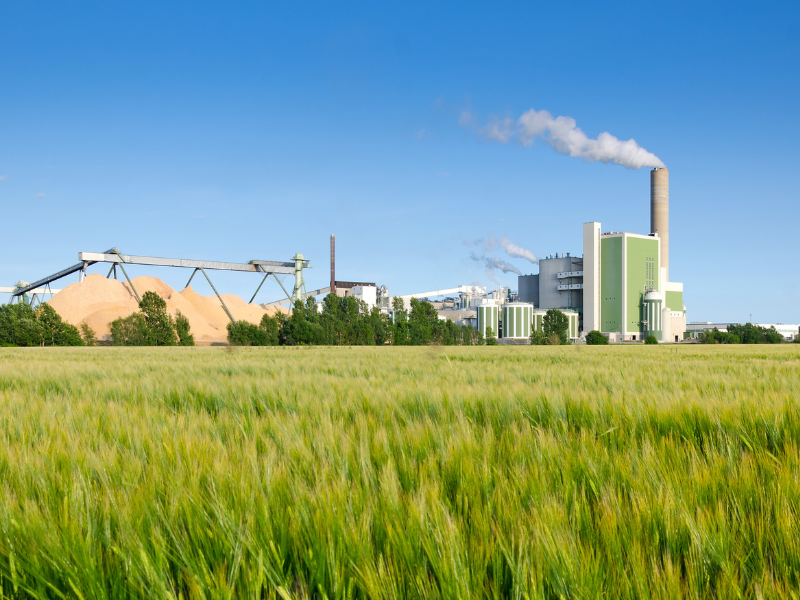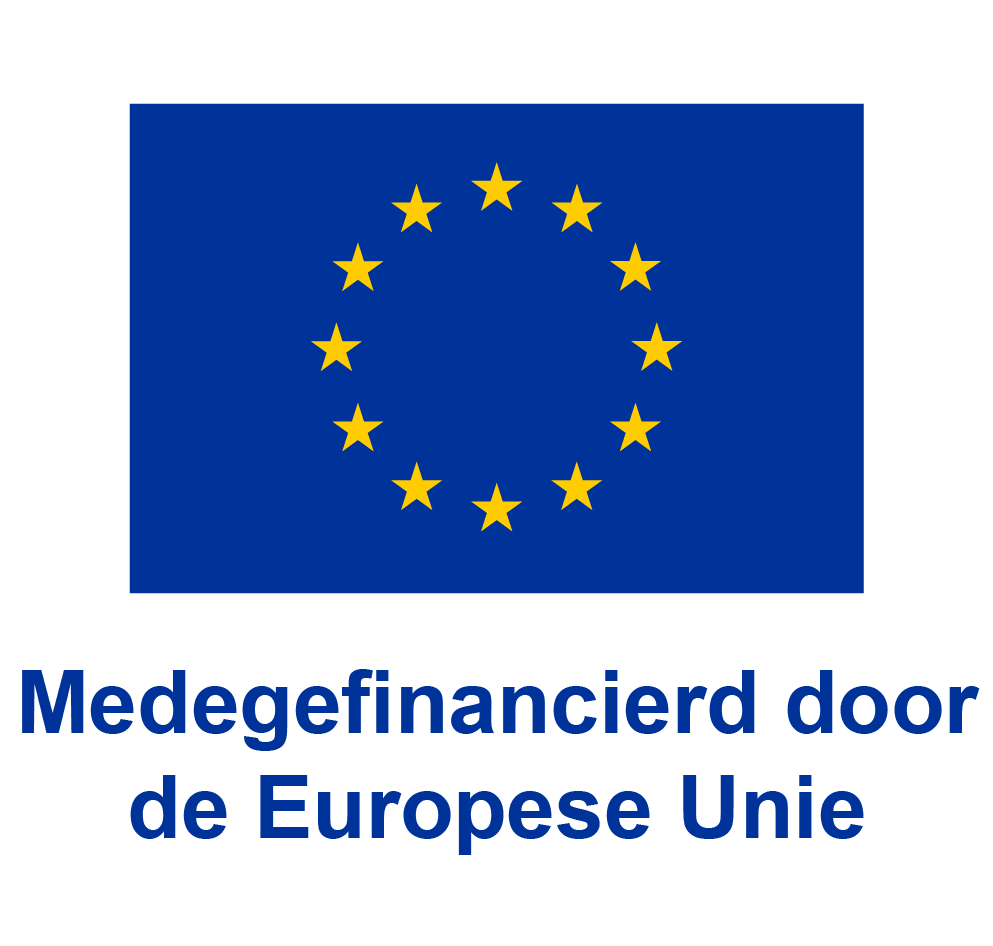Power to Heat: from concept to concrete application in your business process
Power to Heat (P2H) is a proven route to make industrial heat more sustainable. For companies already familiar with the technology but looking for concrete application in their own processes, the next step is to make a successful translation into practice.
At FLIE, we support industrial end-users, energy companies and technology companies who want to jointly accelerate the transition to sustainable, electric processes - with knowledge, research and test facilities that match your needs.
In this article, we will take you step by step on how to effectively implement Power to Heat in your operations.

Power to Heat: which technology suits your process?
Power to Heat is not a standard solution. Different technologies can be deployed depending on your business needs:
- Industrial heat pumps extract heat from waste streams and lift them to usable temperatures. They are particularly interesting for companies working with low- or medium-temperature processes (50-150°C) and want to drastically increase their energy efficiency.
- Electrode boilers are suitable for electrifying existing steam or hot water systems. They offer a relatively simple way to deliver high power at temperatures between 100-400°C, ideal for sectors such as chemical, food and paper production.
- Induction heating works via electromagnetic fields and can heat materials or liquids very quickly and directly. This makes the technology extremely suitable for processes where precision, speed and high temperatures (>500°C) are required, such as in the metal or glass industry.
- Resistance heating converts electricity directly into heat via an element. This technology is robust and widely applicable, from furnaces to liquid heating.
- Joule heating and ohmic heating are direct forms of electric heating where the product itself forms the resistance and thereby heats up. This offers opportunities for niche applications with extremely high efficiency.
Which technology fits best depends on your specific process characteristics - and that's where the route to implementation begins.
Four steps to successfully apply Power to Heat
1. Process analysis: understanding your heat demand
A successful application of Power to Heat starts with a detailed analysis of your current heat consumption. In doing so, you look not only at the total energy demand, but especially at:
- Temperature level: Many P2H technologies are fine up to around 600°C. Higher temperatures require specialised solutions.
- Heat demand profile: Does your demand flow constantly, or are there big peaks and troughs?
- Flexibility: Can you possibly shift your heat demand to times when renewable electricity is abundantly and cheaply available?
This analysis forms the basis for a technology choice that is not only technically but also economically optimal.
2. System integration: fitting into your existing infrastructure
Power to Heat needs to be integrated into your existing business processes and energy infrastructure. Key questions here are:
- Process link: Can electric heaters directly replace or complement existing boilers, heat exchangers or piping systems?
- Control technology: How do you ensure that the new P2H systems communicate smoothly with your existing process automation (DCS/SCADA)?
- Grid capacity: Electrification increases your electricity demand. Is your grid connection adequate? Or are investments needed in grid reinforcement, battery systems or in-house generation capacity (e.g. PV or wind)?
By properly identifying these integration issues in advance, you avoid costly surprises during implementation.
3. Energy strategy: smart use of renewable energy
The economic feasibility of Power to Heat often hinges on your energy strategy. By making smart use of:
- Fluctuating electricity prices: Consider betting during hours of low prices or negative prices in day-ahead markets.
- Own generation: Solar panels or wind turbines can provide the power for your P2H installations, making you less dependent on grid supply.
- Flexibility and demand responseBy being able to dynamically control your heat demand, you anticipate the supply of sustainable energy and contribute to grid stability.
P2H projects where flexibility is directly included are found to be more financially attractive and robust in practice.
4. Business case and financing: count on the right buttons
A conclusive business case is essential for investment decisions. Besides the direct costs of installation and incorporation, you need to take into account:
- Electricity and gas prices: Electric heat is sensitive to the relationship between electricity price and natural gas price.
- Grants: There are interesting schemes available such as the SDE++, HER+ (Renewable Energy Scheme), DEI+ (Demonstration Energy and Climate Innovation) and MOOI (Mission-Driven Research, Development and Innovation).
- CO₂-costs: Under the ETS system, CO₂ emissions costs are getting higher. Electrification lowers your future costs.
FLIE can help you prepare a feasibility study, prepare grant applications and build a robust investment rationale.

FLIE as your partner in Power to Heat projects
Do you want to not just explore Power to Heat, but really apply it? FLIE actively supports companies in:
- Feasibility studies and technology selection: Tailor-made for your process and sector.
- Field tests and pilots: Test innovations in our field labs and pilot facilities.
- Development of scalable concepts: Together with technology providers and energy companies.
- Networking and knowledge sharing: We bring parties together who can accelerate together.
Our focus is on realistic, scalable and future-proof solutions that fit both your business strategy and the wider energy transition.
Interested?
Take the step towards a sustainable heat supply today
Want to know more about Power to Heat in your business environment? Want to start a feasibility study, or develop a pilot together with partners? Then take contact FLIE - we are happy to think with you.
Together, we are accelerating the electrification of industrial processes in South Holland - and building a future-proof industry.



